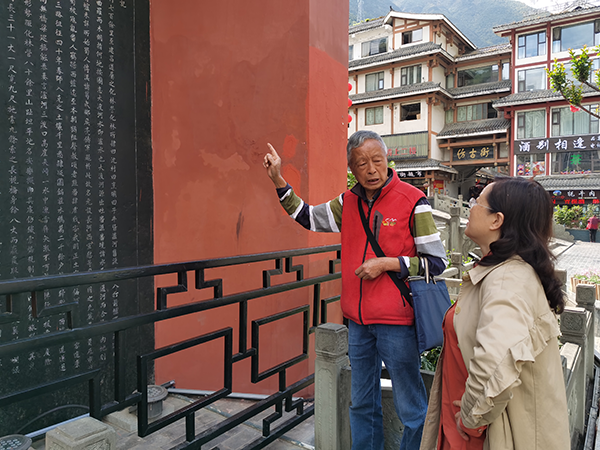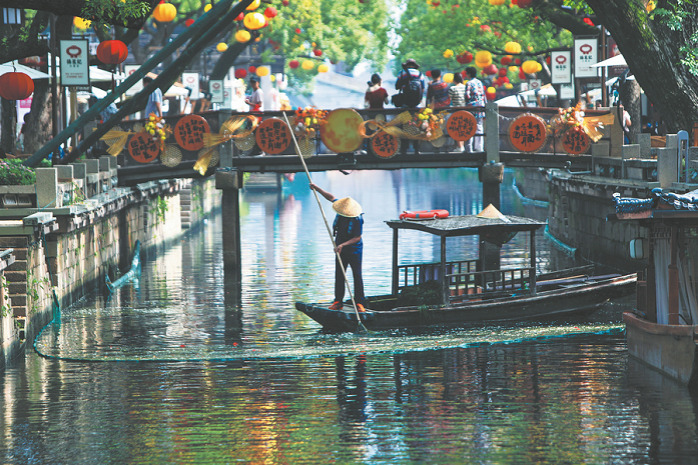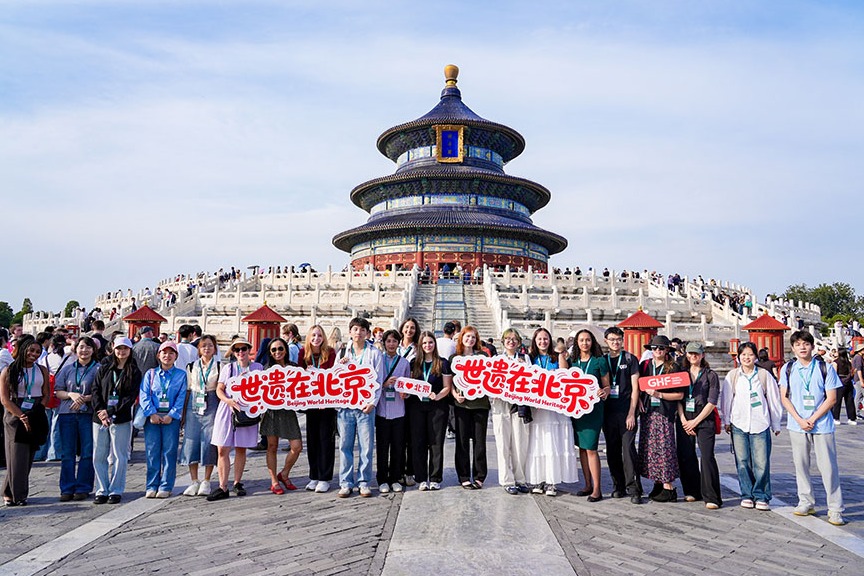Bridge of heroes spans history


Going northwest, the Long Marchers slowly moved toward their destination. Brilliant maneuvers threw the Kuomintang troops off the scent. The Red Army advanced, doubled back, wheeled round and resumed its forward thrust. In May 1935, the army reached the Sichuan border.
The route passed through the region of the ethnic Yi people. They were persuaded into granting the Red Army a safe passage through their mountainous homeland thanks to Red Army commander Liu Bocheng. The native Sichuanese convinced the Yi chieftain that the Red Army aimed at peaceful coexistence with, not oppression of, ethnic groups.
Liu swore blood brotherhood with the Yi chieftain, sealing his oath in the tribal tradition with a drink of chicken blood.
The next hurdle was Dadu River. Crossing it was to be the single most critical action of the Long March.
Leaving the Yi area, the Red Army soldiers seized the Kuomintang-controlled Anshunchang Ferry in Shimian county, Sichuan, and found four boats.
Chiang had hoped that Anshunchang would be the site the Red Army would repeat the tragedy of Shi Dakai, one of the brilliant generals of the Taiping Rebellion which almost toppled the Qing Dynasty (1644-1911), the last feudal dynasty in China.
In May 1863, Shi and his soldiers reached Anshunchang after entering Sichuan from neighboring Yunnan province.
Due to the sudden surge in the water level of Dadu River because of a rainstorm, Shi and his men were blocked in the south of the river. To save his soldiers from death, he went to the Qing military camp, pledging to sacrifice his own life.
While 4,000 Taiping soldiers were sent away by the Qing military, some 2,000 were killed and Shi himself was sent to the Sichuan provincial capital of Chengdu to be sentenced to death.
A monument on Chunxi Road, which is the busiest commercial street in Chengdu, is at the site where Shi died from a thousand sword slashes.

































